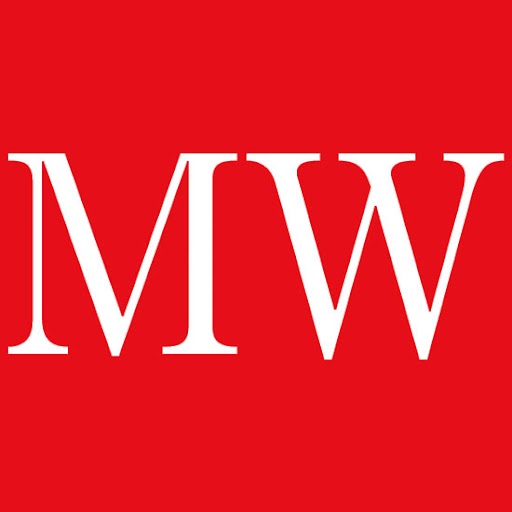Making a business successful is simply down to ensuring you earn more than your costs. An easy way to check this in a company is by comparing the cost of the capital employed by the company with the return made on that capital. This allows you to see how much value (if any) management is adding.
The cost of capital is made up of the cost of the company's debt and the cost of its equity. The cost of debt is relatively simple in that it refers to the interest rate the company has to pay to borrow money (the riskier the company, the higher this is).
The cost of equity is trickier to work out. It depends not on dividends payable, but on several other variables that combine to quantify the opportunity cost of investing in the equity given the inherent risks involved. The average cost of debt and the cost of equity - weighted depending on the percentage each represents in the capital structure - are referred to as the weighted average cost of capital, or WACC.
MoneyWeek
Subscribe to MoneyWeek today and get your first six magazine issues absolutely FREE

Sign up to Money Morning
Don't miss the latest investment and personal finances news, market analysis, plus money-saving tips with our free twice-daily newsletter
Don't miss the latest investment and personal finances news, market analysis, plus money-saving tips with our free twice-daily newsletter
Get the latest financial news, insights and expert analysis from our award-winning MoneyWeek team, to help you understand what really matters when it comes to your finances.
MoneyWeek is written by a team of experienced and award-winning journalists, plus expert columnists. As well as daily digital news and features, MoneyWeek also publishes a weekly magazine, covering investing and personal finance. From share tips, pensions, gold to practical investment tips - we provide a round-up to help you make money and keep it.
-
 Profit from leisure sector as consumers go on spending spree
Profit from leisure sector as consumers go on spending spreeThe UK leisure sector had a straitened few years but now have cash in the bank and are ready to splurge. The sector is best placed to profit
-
 Nationwide: Annual house price growth slows to lowest level in almost two years
Nationwide: Annual house price growth slows to lowest level in almost two yearsThe average house price went up by just 0.6% between December 2024 and December 2025, Nationwide Building Society said

